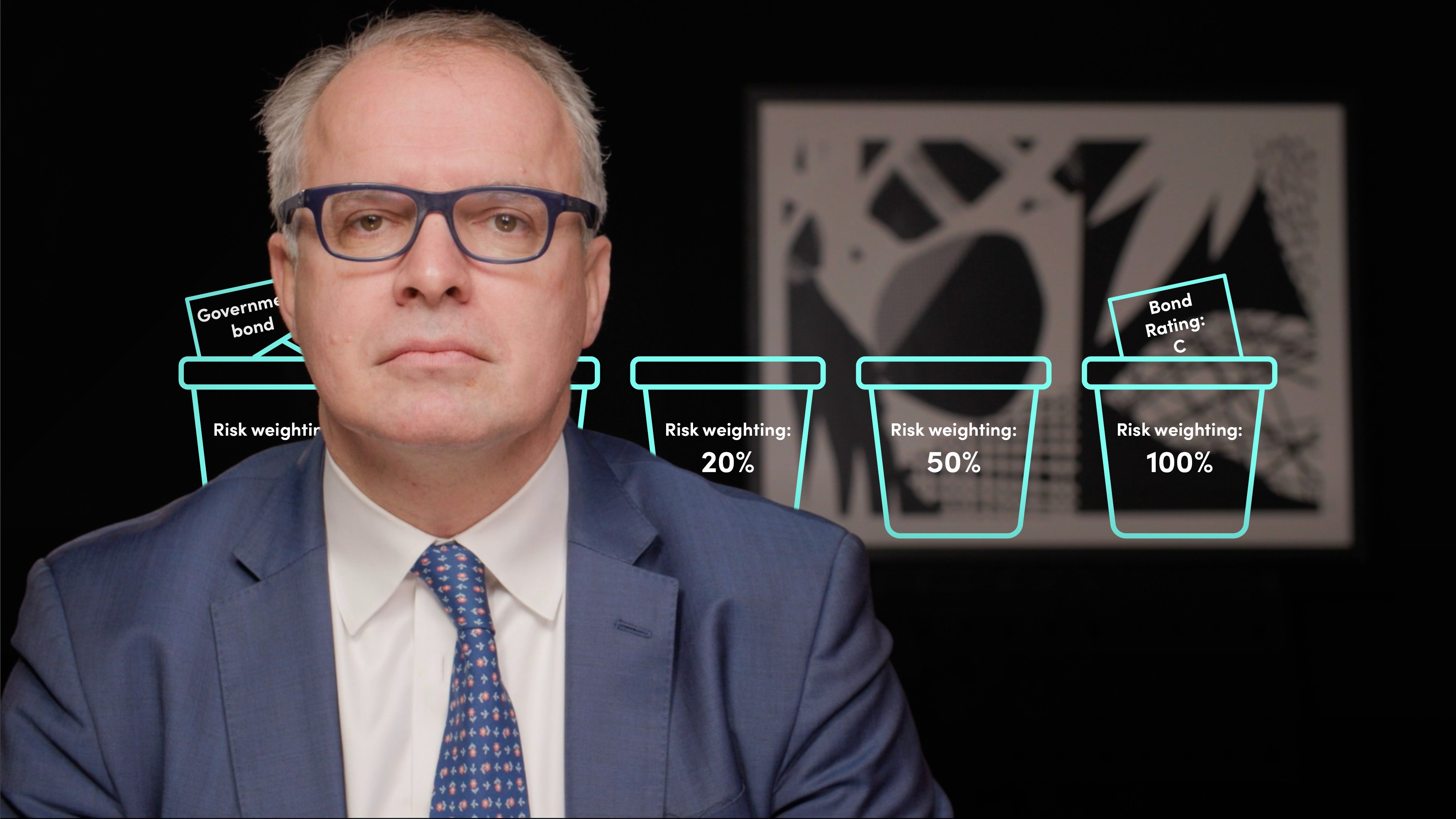
NPL Securitisation

Francesco Dissera
25 years: Securitisation
In the last video, Francesco Dissera provided background to the securitisation of NPLs. In this video, he explains the alternative structures of an NPL available and the main users of NPL securitisation.
In the last video, Francesco Dissera provided background to the securitisation of NPLs. In this video, he explains the alternative structures of an NPL available and the main users of NPL securitisation.

NPL Securitisation
12 mins 44 secs
In an NPL securitisation process, the SPV purchases the exposures from the originator and raises funding, to pay the purchase price, from specialised investors. The purchase price is funded via the issuance of different types of notes. In the case of NPLs, the underlying portfolio is all non performing, so the effective repayment profile will differ greatly from an initial business plan during the life of the ABS.
Key learning objectives:
Outline who are the main users of NPL securitisation
Understand the main types of NPL securitisation
Who are the main users of NPL securitisation?
- Banks - Key objective when they embark on the securitisation journey is to deleverage, reduce NPL ratios and release resources
- Investors - Buy NPL portfolios from banks, establish an appropriate servicing strategy and then securitise the portfolios: their key objective is to refinance the acquisition finance and extract value from the NPL portfolio when the proceeds from the securitisation are higher than the purchase price of it. Investors are therefore typically asset managers, pension funds, hedge funds, private equity funds and sometimes banks.
What are the types of NPL securitisations used internationally?
- Rated securitisation with an Asset Protection Scheme (or APS)
- Rated securitisation without APS
- Unrated securitisation
The first type includes examples such as HAPS in Greece and GACS in Italy. It has also been used in the past in the context of ad-hoc specific counterparties such as the APS scheme for Royal Bank of Scotland in 2009. There have been similar implementations for Lloyds, and in Portugal for the former Banco Espirito. However, it is only Italy and Greece that have so far introduced NPL APS schemes.
With regards to the 2nd type (rated securitisation without APS), in Portugal, Spain, Ireland and Cyprus, banks and investors are using such tools and asking rating agencies to rate a portion of the capital structure
The unrated ABS market is clearly a private one and sizes and volumes are difficult to quantify. What often happens is that unrated NPL ABS are initially financed privately and then subsequently get rated.

Francesco Dissera
There are no available videos from "Francesco Dissera"

